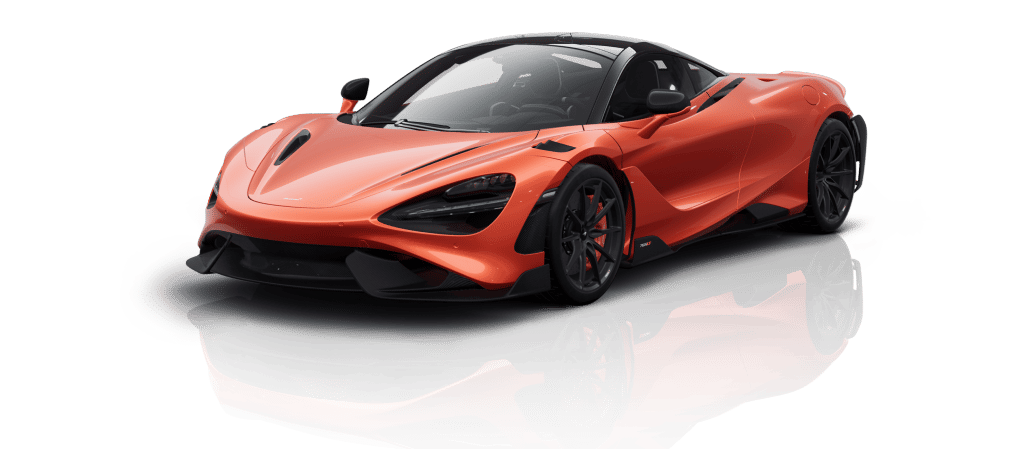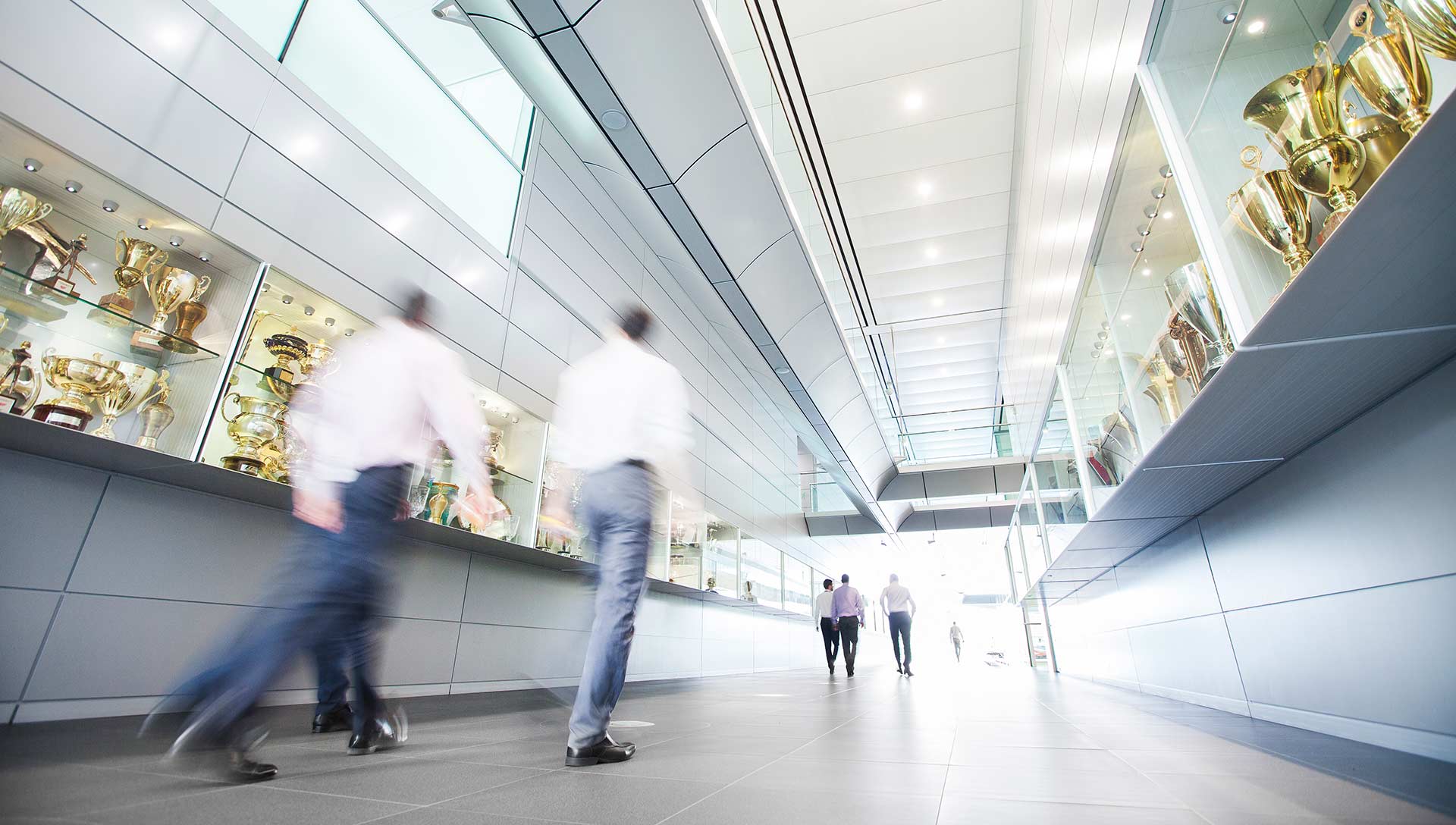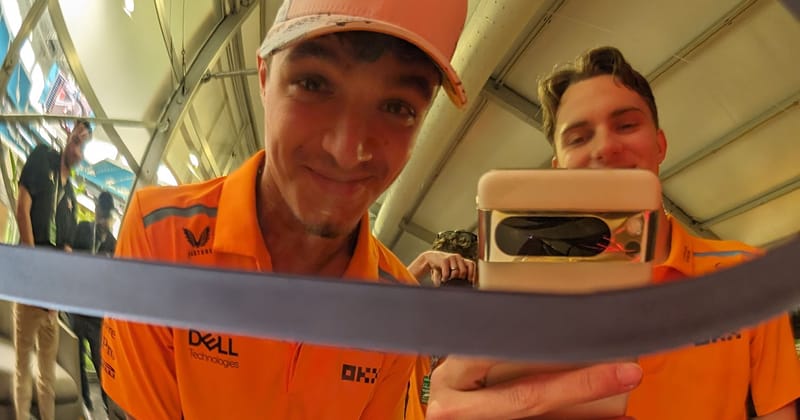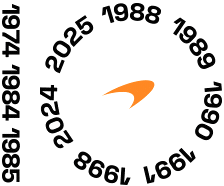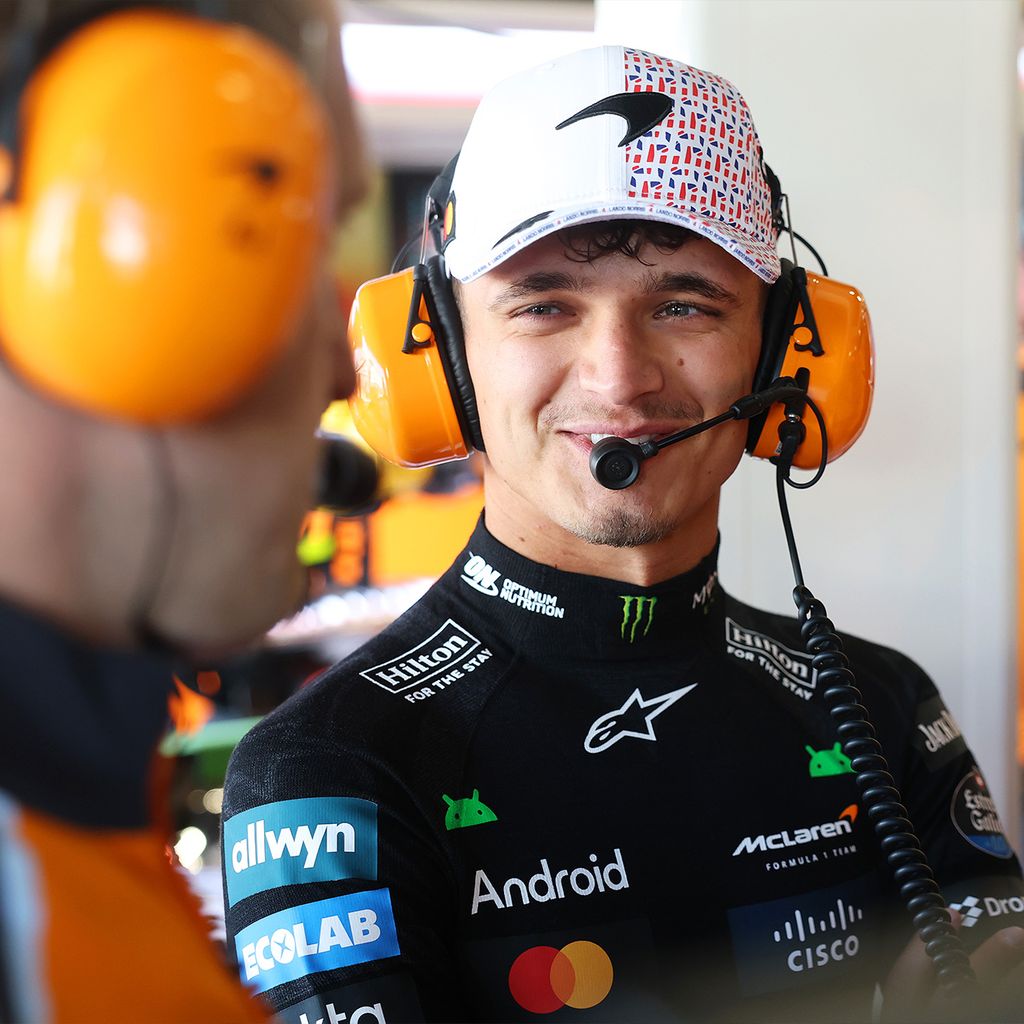
The British Grand Prix Briefing - powered by Google Cloud
Iconic corners, a smooth surface, and battling against the wind: Answering this weekend’s key questions

Welcome to The Briefing, where we’ll be answering the key on-track questions ahead of the British Grand Prix.
Each week, powered by Google Cloud, we’ll be speaking to one of one of our trackside experts to walk you through the biggest talking points and provide you with a simplified guide of what you’ll need to know to jump straight into the action. This week, we spoke to Andrew Jarvis.
The Silverstone Circuit is among the oldest, most iconic and challenging on the calendar, featuring one of F1’s all-time great sections of circuit, the famous Maggotts, Becketts and Chapel sequence.
It’s a smooth circuit, which means the wind, of which there is a lot of at Silverstone, impacts us more than normal. The weather, in general, can be an issue in the British Grand Prix - the regularly changing, unpredictable forecast keeps the team guessing all weekend.
In this weekend’s edition of the briefing, with the help of Jarv, we’ll explain all of the above and look into how that will affect us.
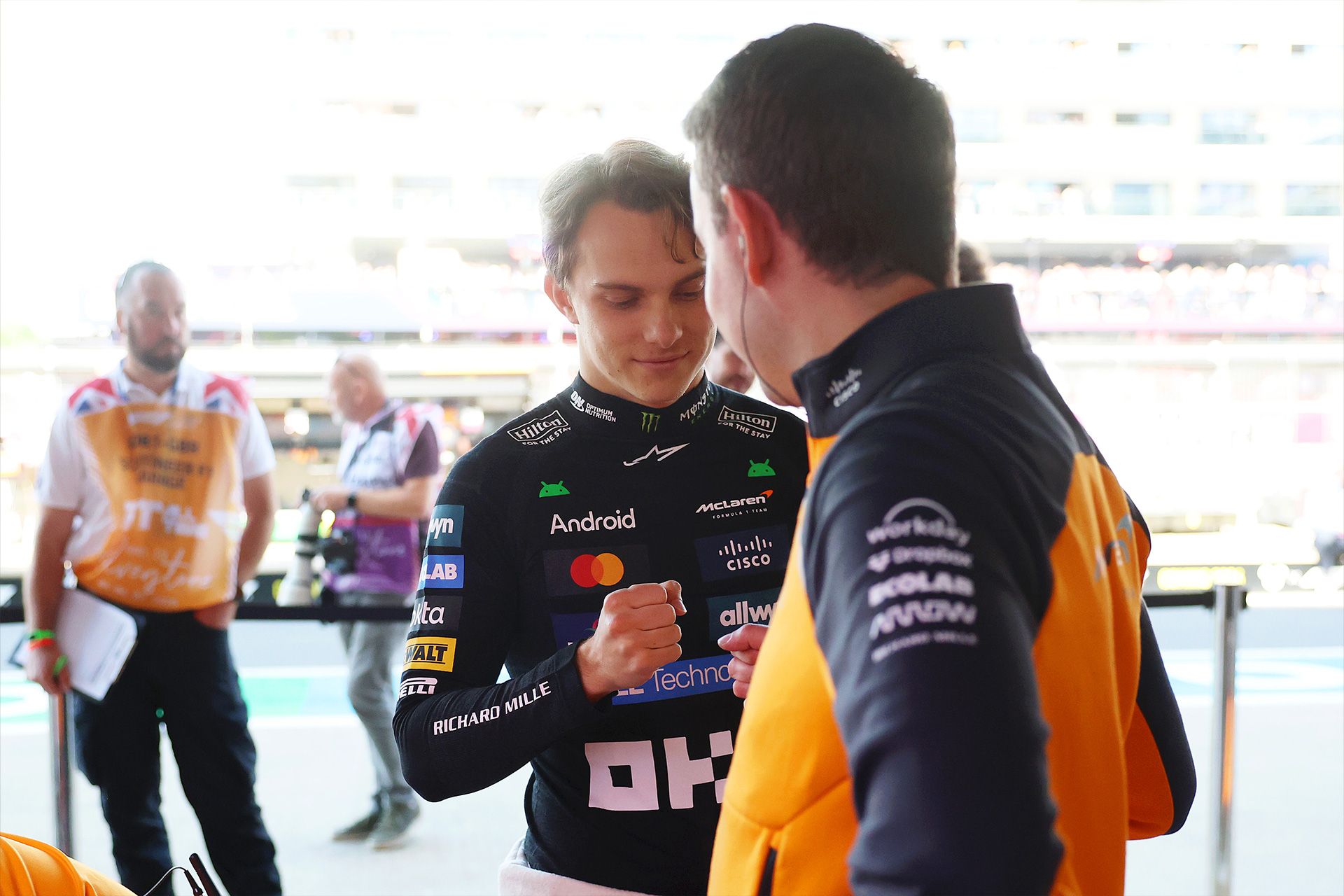
There’s quite a significant test item on the car today – tell us about it.
The big item on the agenda today is that we have a new floor to test. It’s not something we’re planning on racing here. This is a significant factor in the run plan because we want to make sure we test it in a way that is consistent.
It’s a little difficult to do this test as we’re not decided on which rear wing we want to run for Silverstone. The simulations suggest we would want the medium downforce level for the best lap time, but experience says that, from a racing perspective, we might see a benefit from running a little less, which would make it easier to overtake or defend. We’ve going into today quite open minded and flexible about that – but equally we can’t get the floor test done properly if we are changing rear wings, so there might be a little bit of juggling the workload across cars.
The weather forecast is undecided, as is traditional for Silverstone. How does that impact your plans?
It’s very difficult to plan for the weather at Silverstone, because the forecast is changeable. You simply have to adapt. If Friday is dry, we’ll run the intended programme. If it’s wet, what we do depends on what the rest of the weekend is looking like.
Looking at the forecast, we’ll attempt to run a normal dry programme on Friday with no specific changes, and then react to the track conditions as appropriate on Saturday. The big issue there is about the downforce level. If we decide the lower level is better for a dry day, do we switch back to the higher level based on the threat of a wet race? We did this last year – but it really will depend on the forecast and our confidence in it.
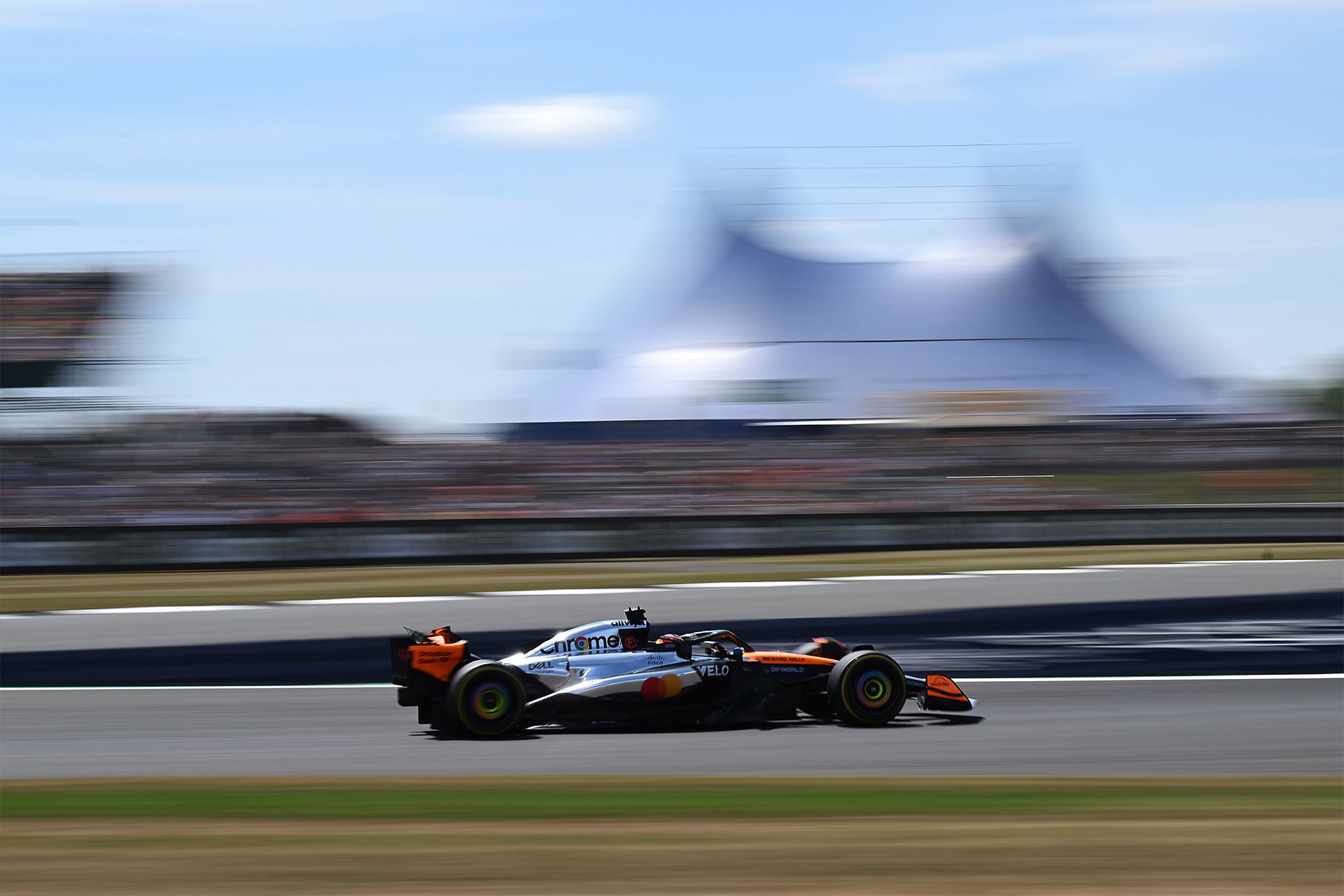
Since its last re-surfacing, Silverstone has gained a reputation for being a very smooth track overall, but with some bumps in awkward places. What does this do for the setup?
It is a very smooth circuit, very high-speed, no track warp like we had last weekend in Austria. So, we basically make the car very stiff. Very stiff in roll, pretty still in heave, and dominated by aero, which is why figuring out the rear wing level is so critical. As for the bumps, there are places where you’ll have a lot of ground contact when the car is at high fuel, and that’s something we have to assess.
This is one of those circuits where wind direction tends to be a topic of discussion. Why is it significant?
The wind here is such a huge factor because the circuit is flat, and it changes lap-to-lap. Wind direction doesn’t really alter the aerodynamic setup of the car, because what you gain from one half of the circuit, you lose on the other when the wind switches direction – but it does impact how the driver approaches the lap: what lines he takes, what steering wheel toys he uses.
We would make setup changes for the wind direction if there was a consistent wind shift, but if it is moving around unpredictably, we’ll do it all live, because that’s easier to manage.
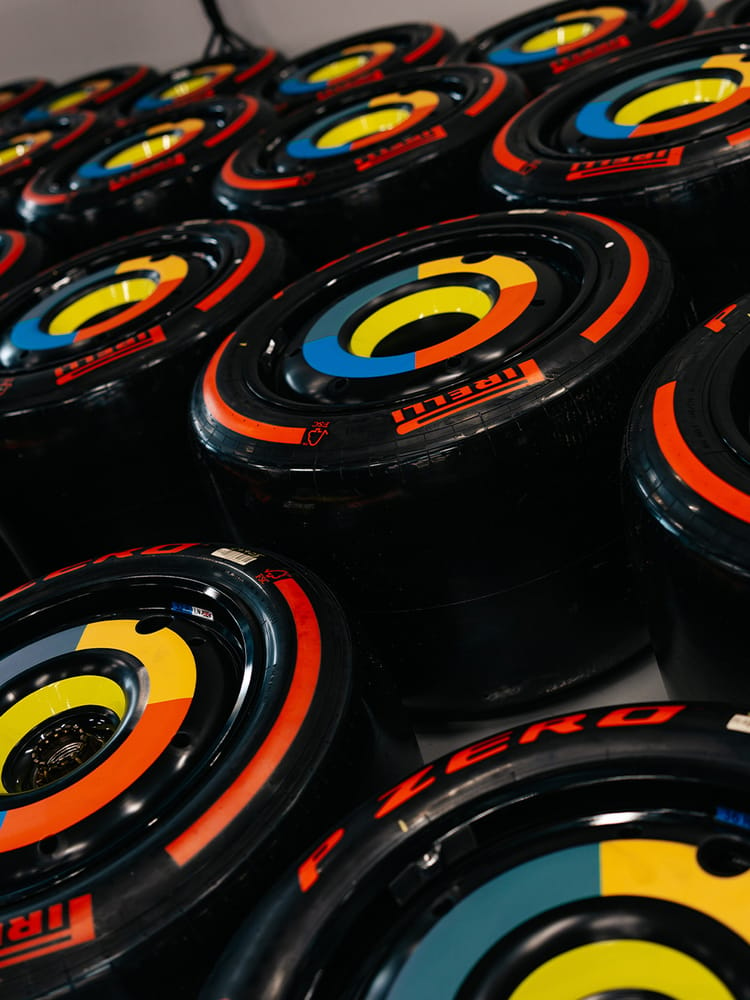
Find your competitive edge with Google Cloud
Silverstone usually sees the hardest tyres in the Pirelli range, but we’ve gone a step softer this year. What is that going to do for the weekend?
Last year, we had C1, C2, C3. This year, it’s C2, C3, C4. This makes us more concerned about graining. Last year, the C3 was the weaker race tyre, and this year, it’s our Medium, and we also have a C4. There’s some concern over the C4’s resilience at Silverstone. It’s a high-duty circuit for the tyres. At the moment, it doesn’t look like there’s much to choose between a one-stop and a two-stop race, so we’ll be very keen to learn as much as we can.
It’s also a concern for Qualifying. Last year, we could do repeat runs on the C3. The track, however, was drying and still a little damp. We weren’t convinced it would repeat quite as well in a fully dry session. Now we have the C4, there is definitely a concern about how we manage that. Is it going to be able to repeat? Will we need a double cool? There will be a focus on that today to figure out how we would approach the Qualifying run plans.
McLaren Racing leverages Google Cloud AI to gain a competitive edge by visualising race data to provide real-time insights, and creating efficiencies across processes and resources.
Recent articles
All articles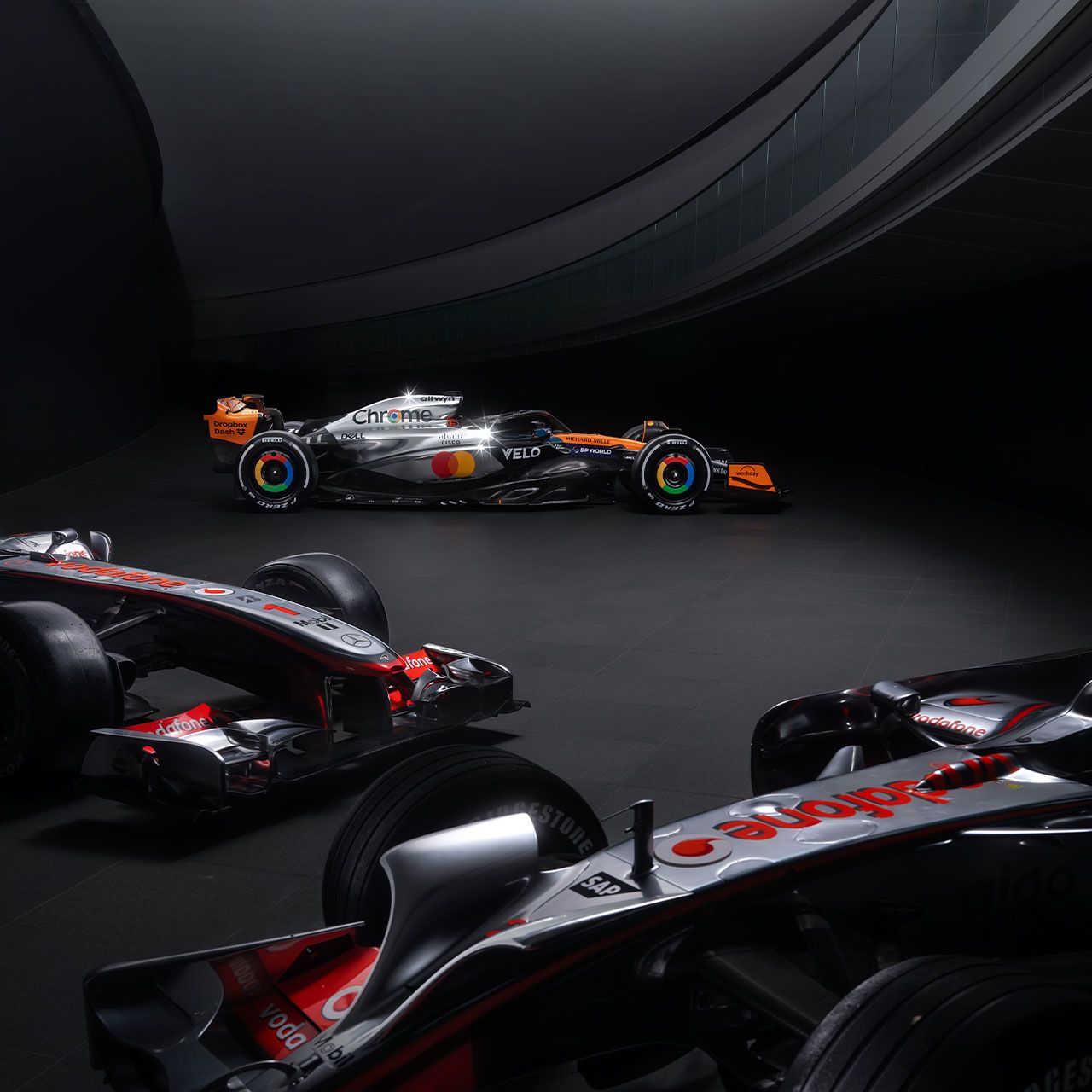
Google Chrome launch Legacy at Speed livery for the British Grand Prix
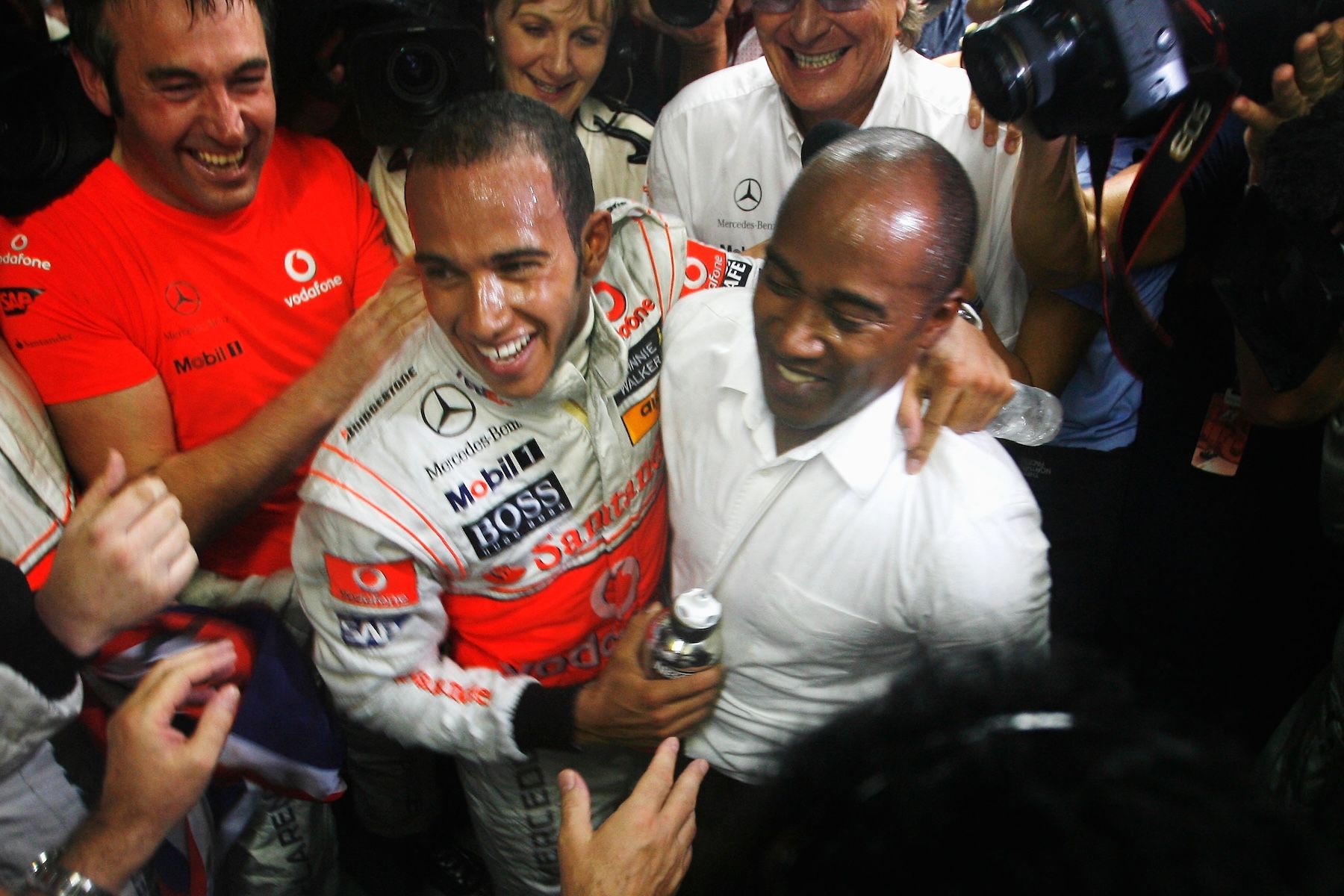
How good actually were McLaren and Lewis Hamilton in 2008

Brad Pitt drives the MCL60 around COTA to celebrate the global release of F1® The Movie

Preview: The 2025 British Grand Prix – presented by OKX
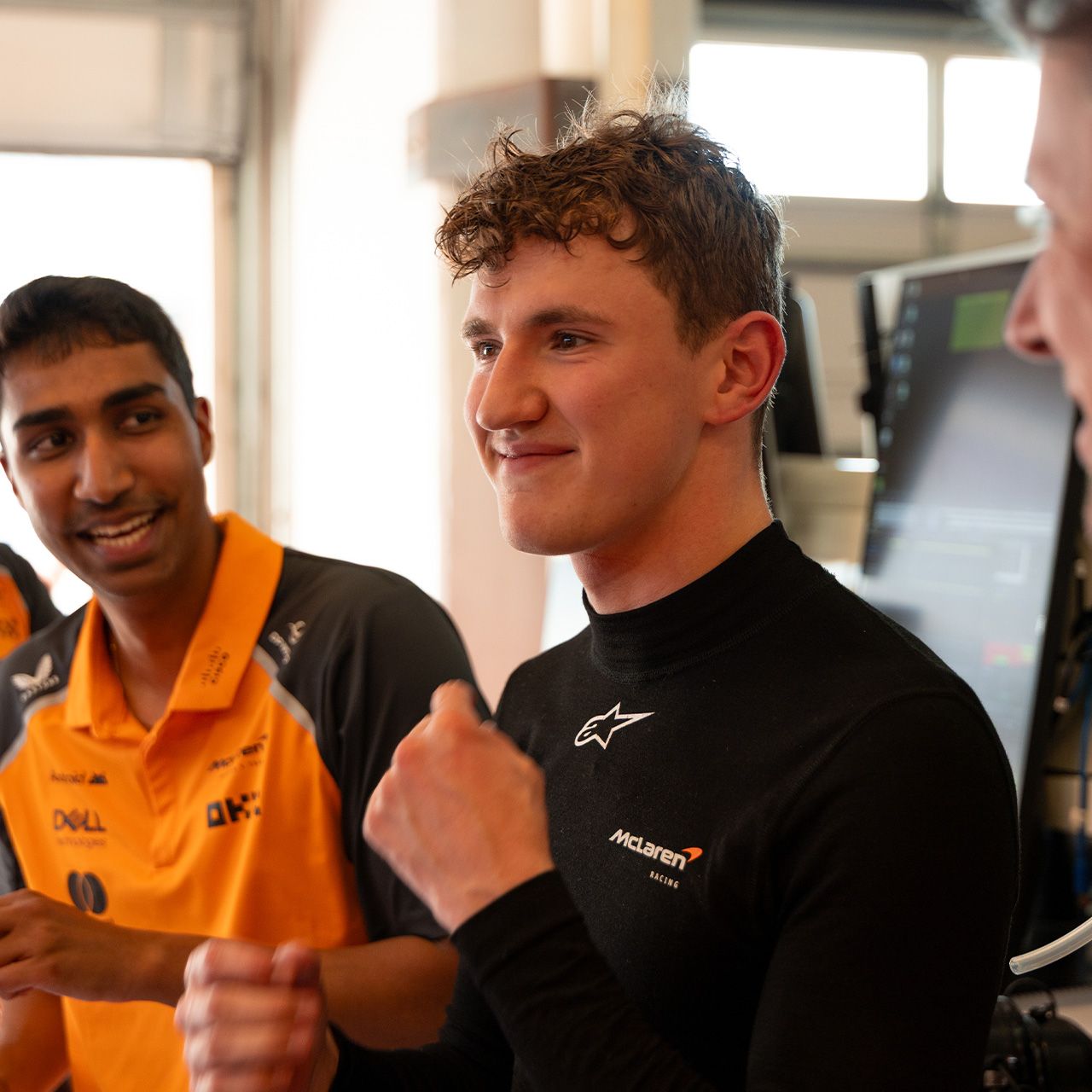
Behind the scenes of Alex Dunne’s first F1 test
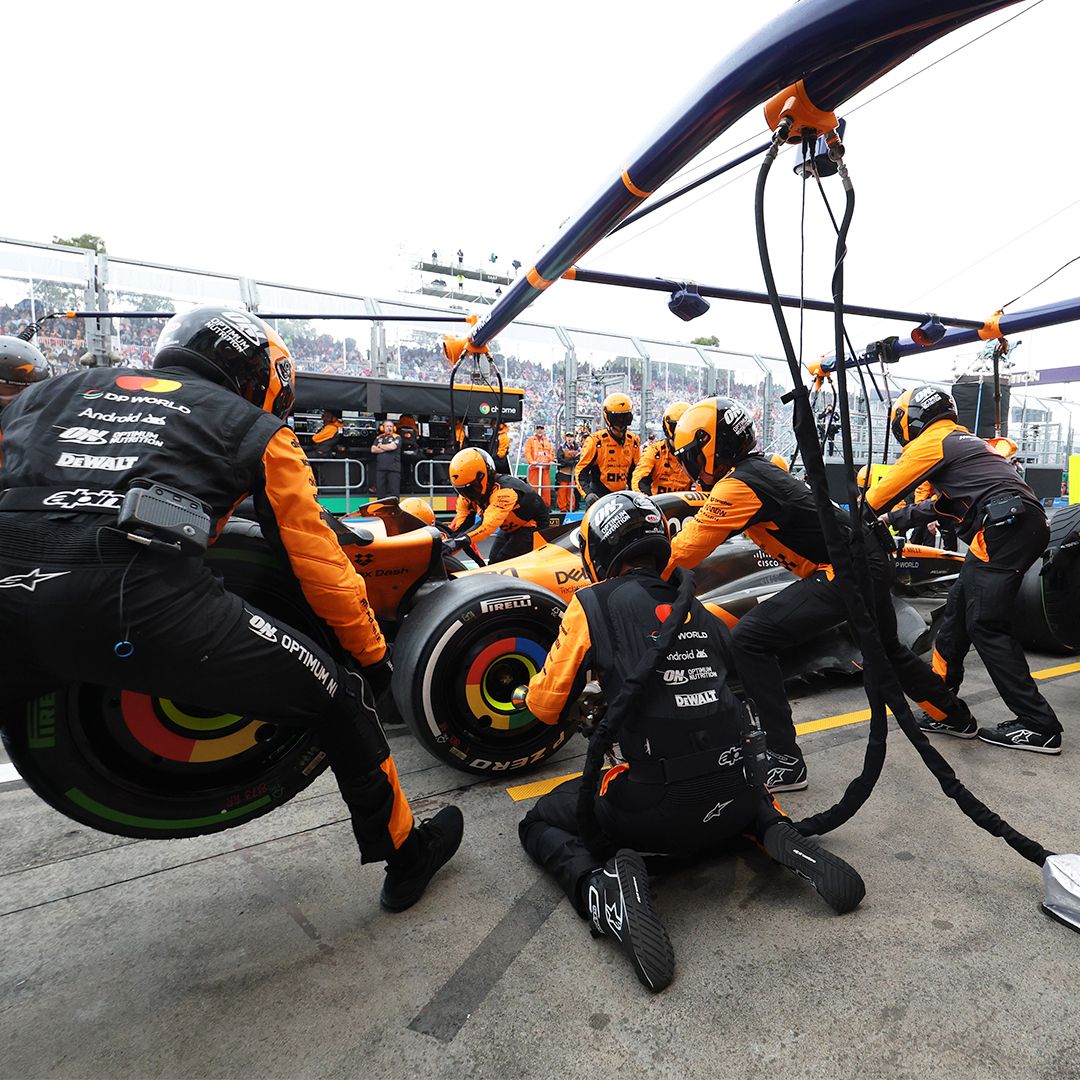
Rotation, role selection, and plenty of practice: Behind the scenes of a well-executed pit stop
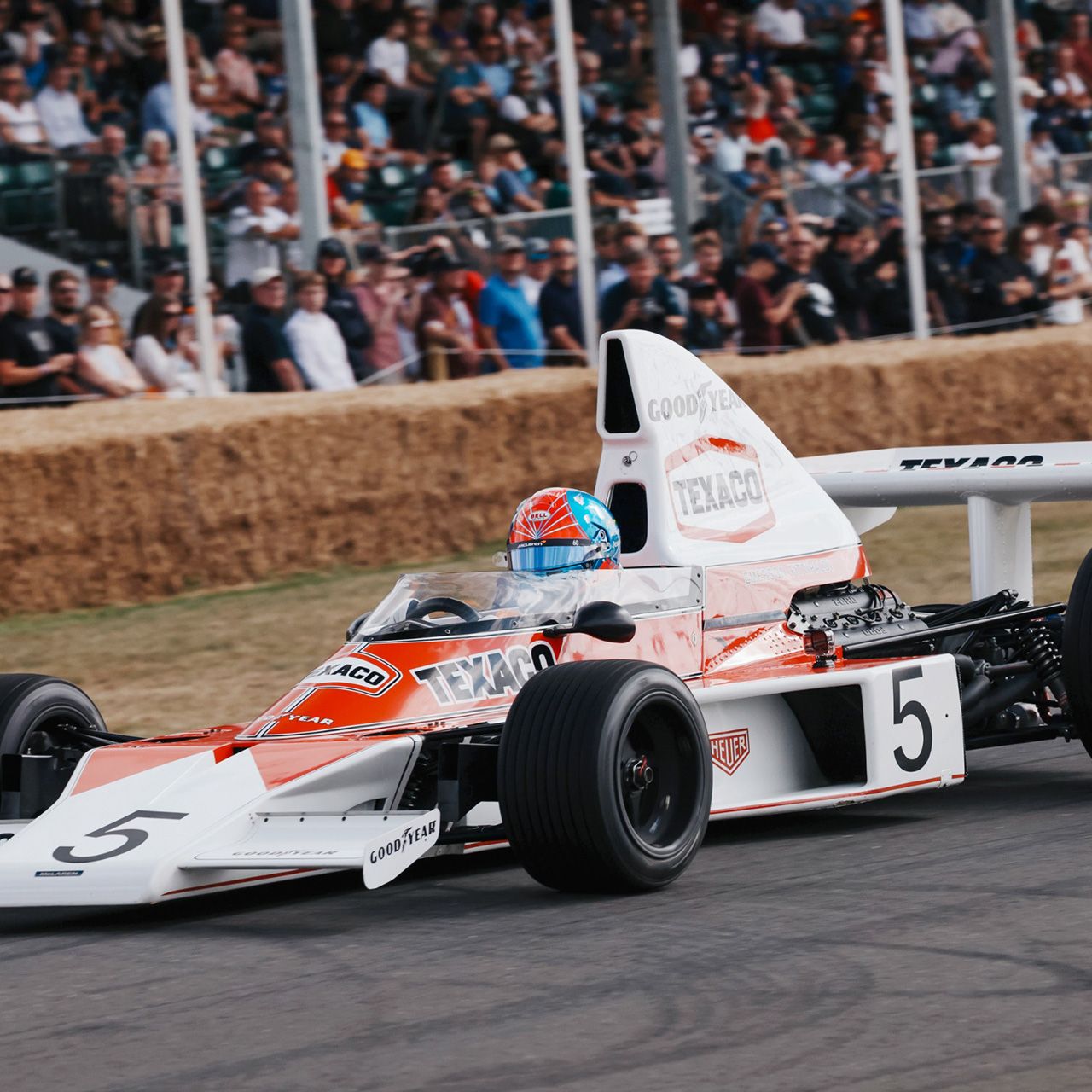
McLaren Racing announces 2025 Goodwood Festival of Speed line-up
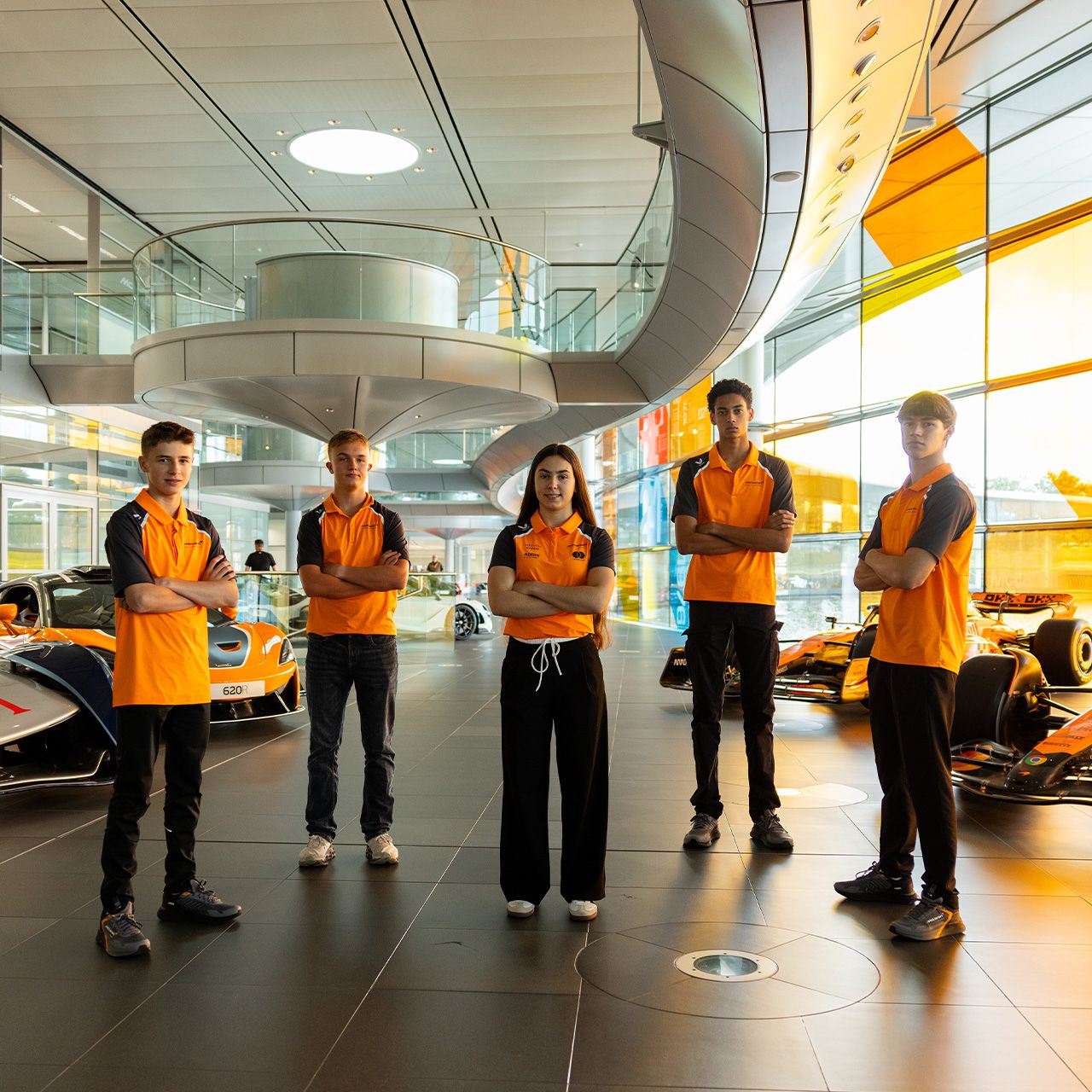
Inside McLaren’s Driver Development Programme


